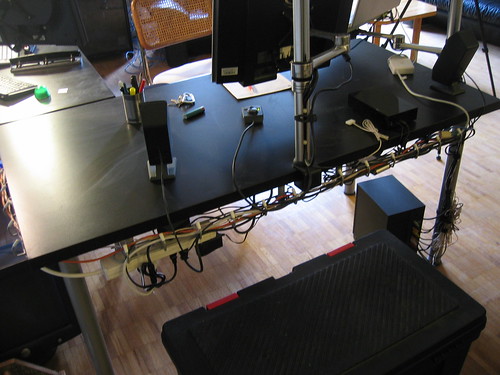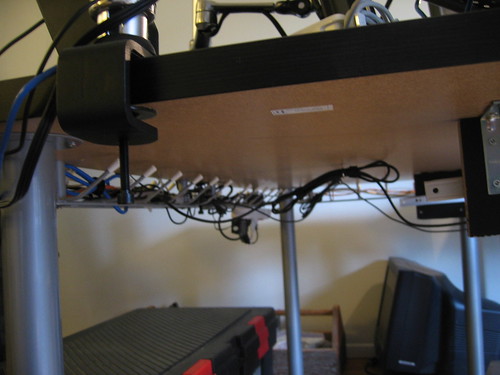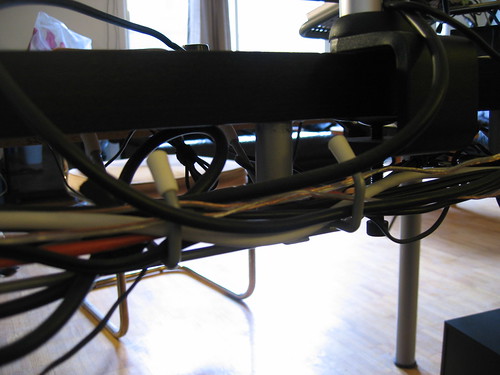I doubt very much my descendants will ever look into what I did with my free time during the course of my existence. Chances are it will not interest them, because few people enjoy listening to elders talk, especially about programming. But for myself, for my own posterity, I though it would be great to have a paper copy of all my projects. Not only to add a fair amount of resiliency to my backup system but also for history’s sake. Some will build murals with photos of the many vacations they went on. I printed hundreds of pages of uncommented code, organized them in nice binders with a cd-rom copy and stored them on shelves. Now anyone can browse through, and see for themselves that it was true I wrote 35 pages on a communication protocol that will never see the light of day just for the fun of it.
Most parents do keep some tracks of their children’s evolution, but the bookkeeping comes to an end once they quit the family’s nest. After which, it becomes financial institutions who remain keen at maintaining an history of one’s existence, a financial history. Although most of us do fancy looking at the many drawings we made when we were in pre-school, we have to admit that they all looked alike and were of relatively poor historical value (unless you grew up to be a graphic artist). What is the most interesting is the intellectual work that comes later-on, those painful essays in high-school, when producing a 150 work text was a chore. If you actually abstract the constant boredom while doing them, you can easily go back trough time and get a glimpse of how you thought back then, how different you were.
By printing my projects, I will be able to repeat the exercise a few years down the line, albeit with a much deeper analysis, as I never pretented to be a writer, but I do pretend to be a progammer and looking at how I programmed in the past, can surely help me improve even more in the future. Even now, I do go back to my previous creations, mostly to dig out a solution on a pattern I remember dealing with in the past. My work is evolutive and most of the ideas that I am implementing as I write these lines were though of a few years ago during the course of another project. Sadly, those ideas very often came with the realization that the work I did up to that point was inherently flawed, and ended up causing the abortion of that current project in most cases; I suppose it was a necessary step. After all, the relativity theory came from Newton’s celestial mechanics, which in turn was built upon the work of many the many obscure astonomers of those ancient times. The human race thinks upon its own intellect and creates upon its previous creations. We are long past the times where seing a boulder going down a slope gave someone the spark of genius that was the wheel. Things are much too complicated nowadays and history helps us avoid repeating the same mistakes, but it also helps us avoid reinventing the wheel every time.




